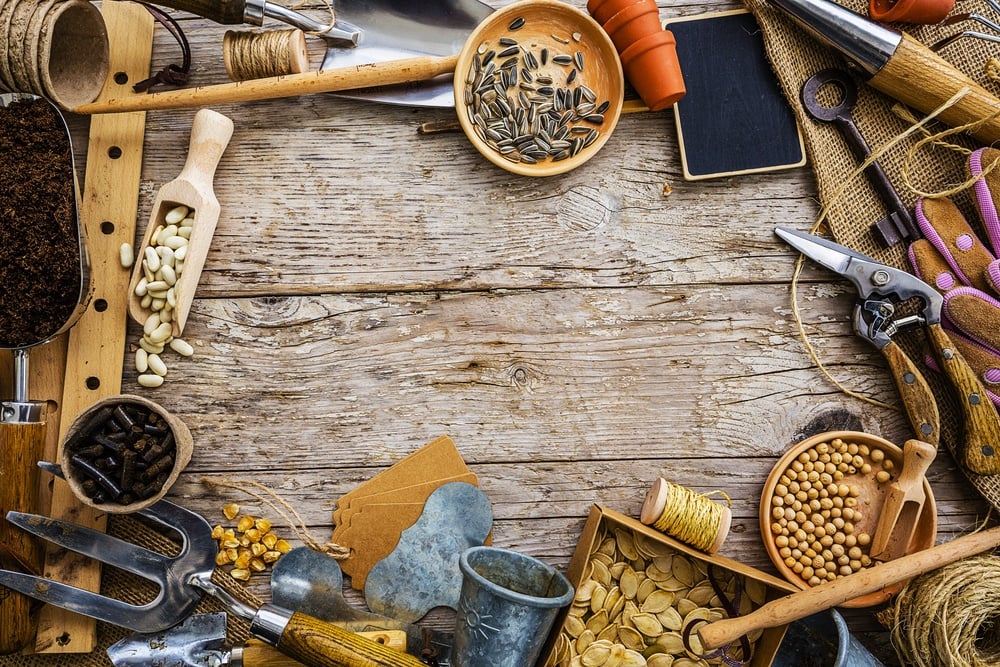
From time to time, lawns sustain damage. Whether you’ve added or removed a permanent or semi-permanent structure like a shed or gazebo, or the damage is caused by high traffic apparatus such as a trampoline or swing set, the lawn is repairable. Late summer and fall are great times to undertake these kinds of repairs because the cooler temperatures and higher rainfall are optimal grass growing conditions.
Repairing high traffic damage
If you’ve just removed a trampoline, swing set, a walkway or paving stones, the damaged lawn underneath will need some attention. The damage won’t be repaired if the foot traffic continues over the area. Add some topsoil to bring the ruts or recessed portions level with the rest of the lawn. Add grass seed and water well.
Planting grass in reclaimed areas
Whether you’re removing that extra width on your driveway or reducing the flower gardens in your yard, reclaiming this area for your lawn isn’t difficult. You’ll have to move or remove any plants growing there, paving stones, and the like. In a garden situation, be sure to remove any mulch and landscape fabric that has been put down. Level the soil, plant seed and water well.
Repairing lawn under a structure
From time to time we move or remove structures in our yards such as sheds, gazebos, patios, and decks. Getting fresh grass to grow in the bare area is often a top priority. You could buy sod, that’s the quickest but costliest option. Growing grass from seed, if conditions are right, shouldn’t take more than two or three weeks with proper care.
You’ll want to add a nice layer of topsoil to the area especially if that space is not level with the ground around it. Fertilizer will likely be recommended as that soil won’t have had access to sun, water, or other nutrients. Rake well, plant seed, and water.
Sparse or brown Lawn
Grass is a fairly hardy plant, so if grass won’t grow on the soil you’ll have to consider what’s lacking in the soil. You might want to test the soil for pH levels and make sure your yard is neither too acidic nor alkaline. Fertilizer is likely wise if nutrients are lacking, though if you’ve been using fertilizer and the problem persists or grows worse there may be a problem with type (strength) you’re using, or how much water you’re delivering after application.
All lawns will go dormant in heat and drought conditions. If this is the case, your lawn will recover on its own when the temperatures drop and the rainfall increases.
Is there enough sunlight? Grass likes full to part sun and though there are some varieties that will grow in the shade, there are limits.
Let our experts troubleshoot and repair damaged areas of your lawn quickly and efficiently. Now is the time to call for lawn repair, fertilizing, aeration, or other lawn care procedures. Call the lawn care experts at Nutri-Lawn Vancouver for a free quote and professional advice on how to renew and refresh your lawn this fall.






